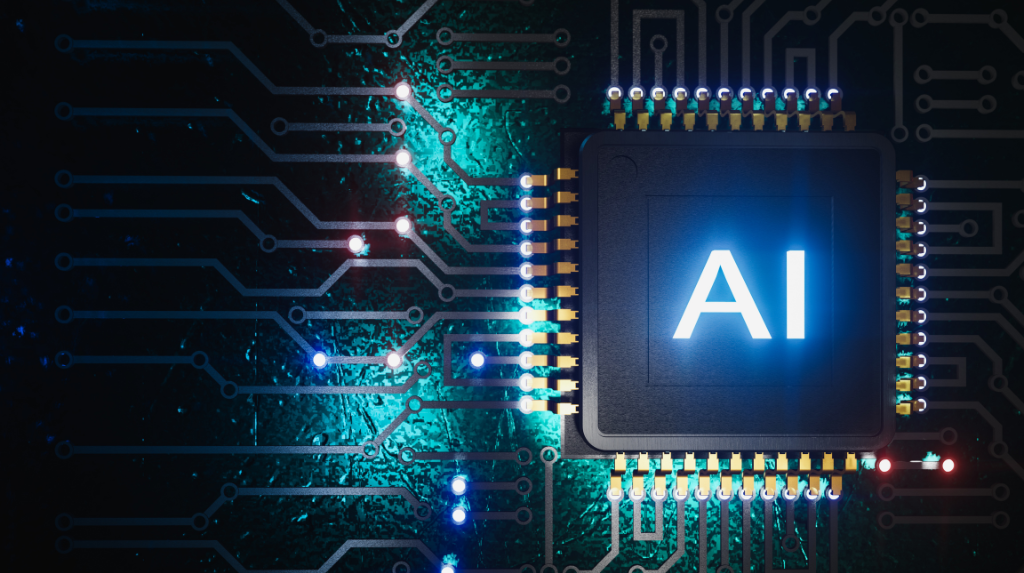 AI
AI
 AI
AI
 AI
AI
Over the past 20 years, open-source software has challenged the dominance of proprietary software, offering benefits such as transparency, flexibility, scalability, and security.
The artificial intelligence boom has placed today’s tech landscape at a crucial juncture, as solutions companies explore open-source AI as a driver for long-term innovation. Among others, those foundations are being laid by Red Hat Inc.
“There’s been a number of the LLMs out there — some are more open than others, some have restrictions as to how you can use it,” said Stu Miniman (pictured), senior director of market insights, hybrid platforms, at Red Hat. “From a Red Hat standpoint, when we do something, it’s going to be open. There were a lot of announcements that we made at Red Hat Summit, and one of the really interesting pieces is we’re working closely with IBM Research on this. First of all, IBM has a model, Granite, that is now fully open source.”
Miniman spoke with theCUBE industry analyst Dave Vellante, during a CUBE Conversation at SiliconANGLE Media’s livestreaming studio in Boston. They discussed Red Hat’s commitment to open source, collaborative innovation, and strategic partnerships with IBM and other industry leaders in the AI and modernization landscapes.
Beyond just a licensing model for Red Hat, open source represents a profound commitment to a collaborative contribution model. Aside from Granite, the recent Red Hat Summit conference highlighted the collaboration with IBM Research to communize large-scale enterprise AI adoption with InstructLab.
“What we want in this space is to allow more people to participate. InstructLab is helping to do that by lowering that bar. Pre-training typically takes months; I need lots of compute resources, and it’s not something that I’m going to do that often,” Miniman said. “With InstructLab, you can just do a few of the prompts in there and it will generate more examples of that to help train that model. Then you can iterate on that to actually adjust that model for your business.”
This tool aids in model fine-tuning and facilitates the sharing of modifications within the community, maintaining a balance between open innovation and proprietary data protection.
InstructLab’s integration with Red Hat OpenShift AI exemplifies the collaborative theme, enabling enterprises to work on AI models seamlessly across various environments. The partnership extends to other open-source AI model alliances, broadening the scope of AI tools available to customers and fostering a more inclusive AI ecosystem.
“When you come out of app modernization, if you don’t have data-driven solutions, you have not modernized your environment,” Miniman said. “What does it mean today? Well, it better be AI-infused as part of what you’re doing, because AI is getting into every app and every corner of our ecosystem that we have today.”
Open-source AI’s integration into enterprise portfolios has businesses reassess their applications and investments. Companies are looking at ways to optimize their existing environments, often leading to the elimination of outdated applications and the adoption of modern platforms. Red Hat’s Konveyor tool, infused with AI capabilities, aids in evaluating the readiness of applications for the cloud and facilitates their migration, thereby improving productivity and efficiency.
“We all have technical debt, and getting out of that is a challenge,” Miniman said. “With some of these [challenges], AI can help. It’s interesting; one of our sets of tools we have in open source is called Konveyor. Konveyor has some of these tools to help look at your existing environment and say, ‘Is this something that’s ready to go to the cloud?’ Konveyor has an AI piece that now will infuse the knowledge, learning and training into what it does.”
AI budgets are increasingly being funded by reallocating resources from other areas, underscoring the need for a strategic approach. Developing an open-source AI culture involves fostering awareness and alignment around objectives, ensuring the workforce is prepared to embrace and leverage AI technologies effectively, Miniman noted.
Furthering the collaboration theme, Ansible Lightspeed has historically enjoyed cross-platform integrations with watsonx Code Assistant. The goal is the acceleration of automation playbook creation. It simplifies the generation of playbooks through natural language inputs, enhancing productivity and reducing task automation complexity. Now, Lightspeed is directly accessible in OpenShift, according to Miniman.
“With OpenShift, it’s going to be an AI assistant in the OpenShift console itself,” he said. “So, ‘hey, I’m thinking about do I turn on auto-scaling or how do I grow my environment?’ It can say, ‘Based on what you have, these are some of the recommendations. Here’s where you can find more documentation, or here’s the steps that you should follow to go on that.'”
Here’s theCUBE’s complete video interview with Stu Miniman:
Support our mission to keep content open and free by engaging with theCUBE community. Join theCUBE’s Alumni Trust Network, where technology leaders connect, share intelligence and create opportunities.
Founded by tech visionaries John Furrier and Dave Vellante, SiliconANGLE Media has built a dynamic ecosystem of industry-leading digital media brands that reach 15+ million elite tech professionals. Our new proprietary theCUBE AI Video Cloud is breaking ground in audience interaction, leveraging theCUBEai.com neural network to help technology companies make data-driven decisions and stay at the forefront of industry conversations.